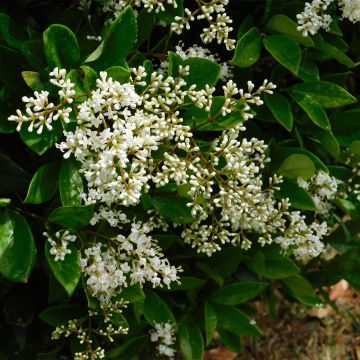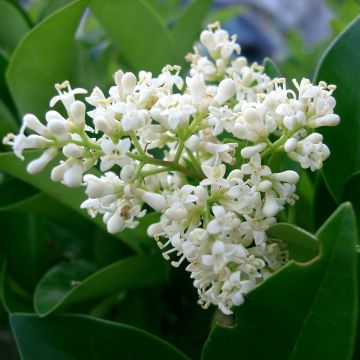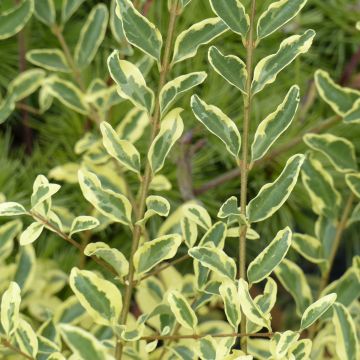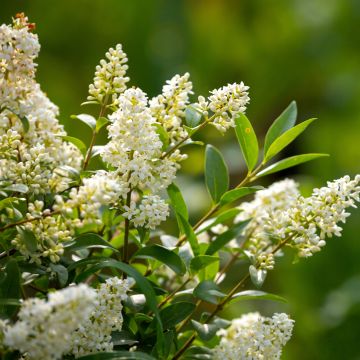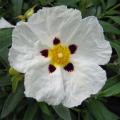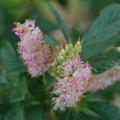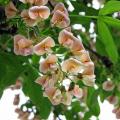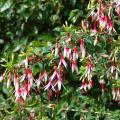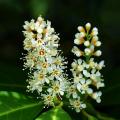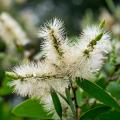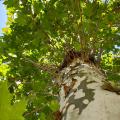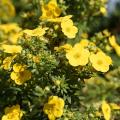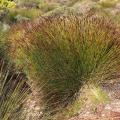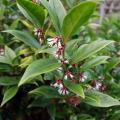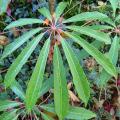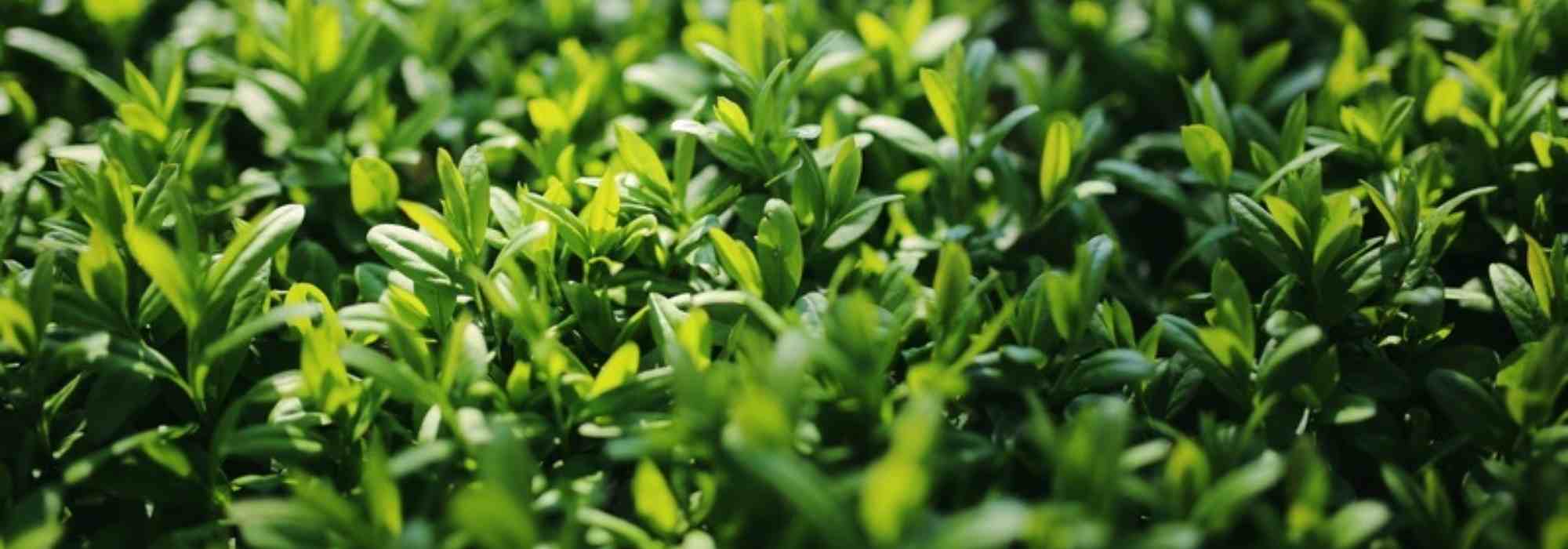Ligustrum - Privet
Would this plant suit my garden? Set up your Plantfit profile →
Available in 7 sizes
Available in 3 sizes
Available in 5 sizes
Available in 2 sizes
Available in 3 sizes
Available in 1 sizes
Available in 1 sizes
Available in 3 sizes
Available in 2 sizes
Available in 1 sizes
Available in 2 sizes
Available in 2 sizes
Available in 1 sizes
Available in 2 sizes
Available in 1 sizes
Available in 1 sizes
Available in 3 sizes
Available in 1 sizes
Available in 1 sizes
Available in 1 sizes
Available in 1 sizes
Available in 1 sizes
Available in 1 sizes
Available in 1 sizes
Available in 1 sizes
Available in 1 sizes
Ligustrum, commonly known as Privet, is a bush or small tree from the Oleaceae family often used to create hedges. It is undemanding, easy to grow in any soil that is not too dry, tolerates repeated pruning well, and can also be planted in a shrub bed and left to grow freely. The glossy leaves of Ligustrum will remain evergreen in the case of the Japanese Privet Ligustrum japonicum , semi-evergreen in the case of the Common Privet Ligustrum vulgare, and strictly deciduous in other species. Mainly originating from Asia, Privets can also be found in Europe, North Africa, and Australia. They are generally appreciated for their elegant foliage, but can also be loved for their discreet spring flowering, which is creamy white, but highly fragrant and very attractive to bees. The flowers are followed by beautiful blue-black berries, a sight that can be enjoyed if these bushes are left unpruned. Privets are often used (too much) for hedges and topiary, due to their hardiness and ability to withstand repeated pruning. However, the Privet genus is more diverse than it seems. This shrub, essential for structuring the garden, is appreciated by birds who find shelter in it, and comes in many species and varieties with plain, variegated, or golden foliage. It's time to rediscover the Privet!
Haven't found what you were looking for?










































